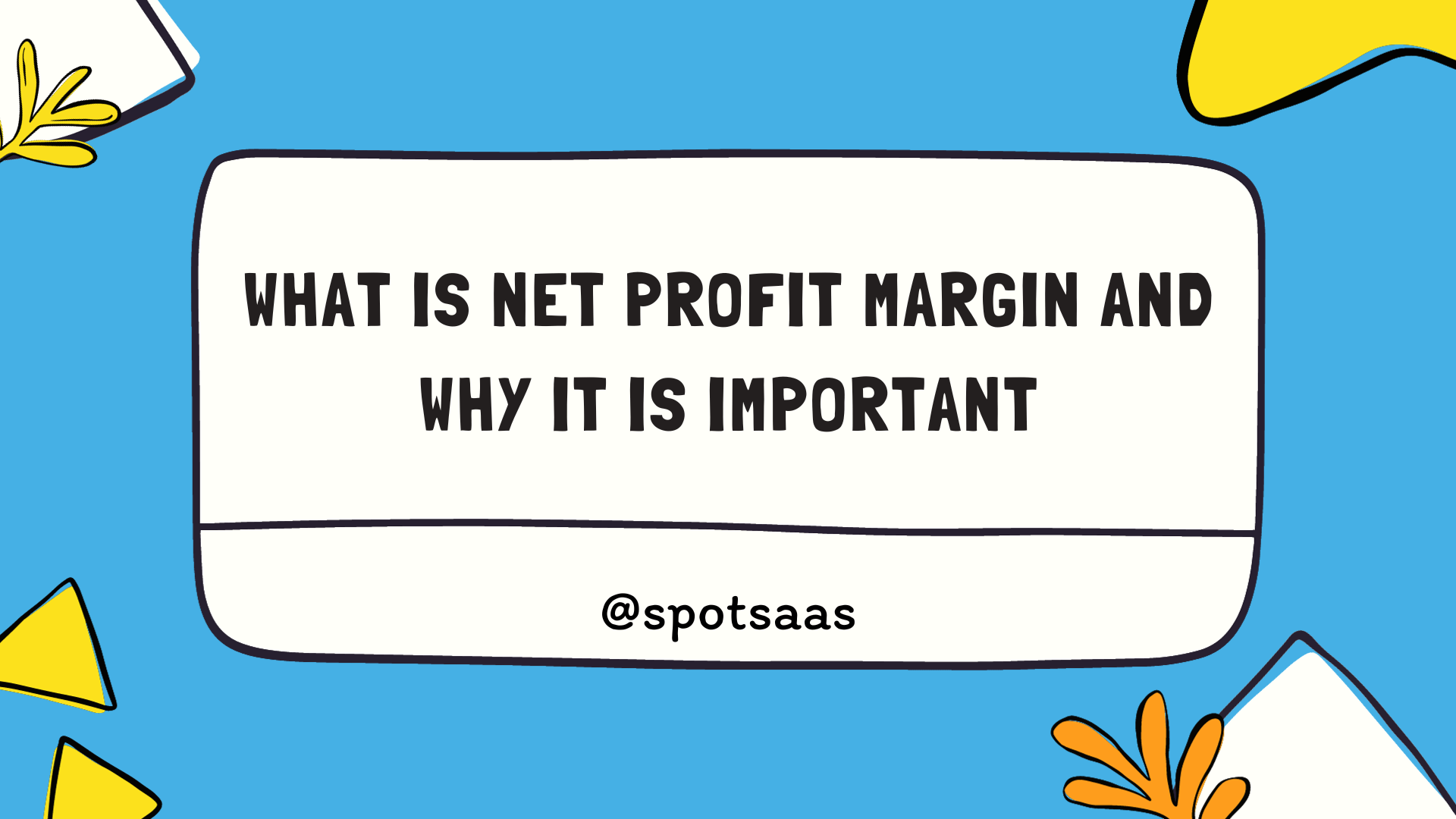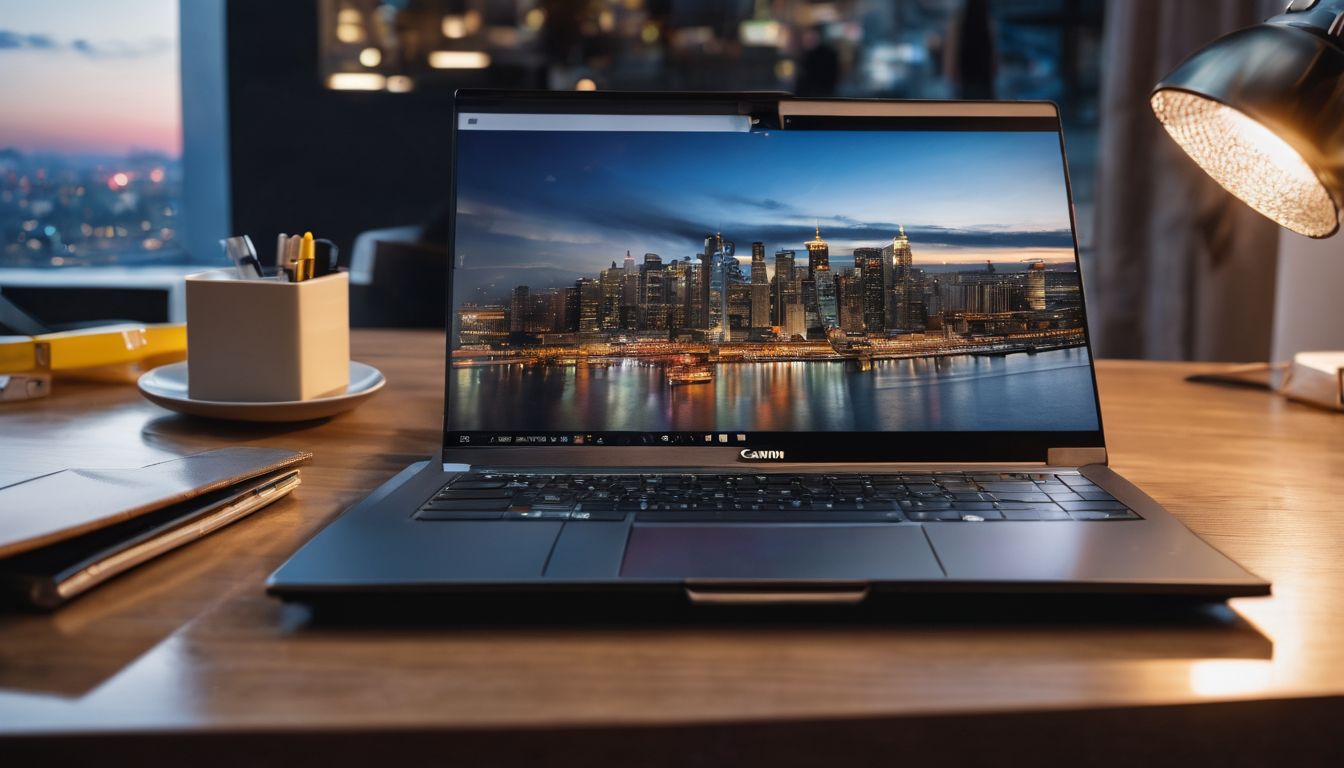IT Asset Management (ITAM) involves the meticulous tracking and management of a company’s IT assets, from acquisition through to disposal. The software is designed to streamline this process, providing organizations with tools to handle their assets more efficiently.
What is IT Asset Management Software?
IT Asset Management (ITAM) software is a tool used to oversee and manage the entire lifecycle of IT assets within an organization. These assets include hardware (such as computers, servers, and network devices), software (applications and licenses), and virtual components (cloud services and virtual machines). The primary goal of ITAM software is to create and maintain a comprehensive database of these assets, enabling IT teams to gain insights into their state, capacity, and usage.
Why Use IT Asset Management Software?
IT Asset Management (ITAM) software is designed to address the complex needs of managing a wide array of IT assets throughout their entire lifecycle. The core purpose of ITAM software is to streamline and enhance the management of IT assets by providing detailed tracking, data analysis, and strategic insights.
Enhanced Visibility
One of the primary advantages of ITAM software is its ability to provide enhanced visibility into an organization’s IT assets. This centralization of information allows IT teams and management to obtain a comprehensive view of all assets, including hardware, software, and virtual components.
- Centralized Asset Database: ITAM software consolidates data from various sources into a single repository. This centralized database makes it easy to access detailed information about each asset, such as its type, model, location, and status.
- Real-Time Updates: With real-time asset tracking, IT teams can monitor the current state and usage of each asset. This helps in identifying which assets are in use, which are idle, and which are due for maintenance or replacement.
- Improved Decision-Making: By having a clear picture of all assets, organizations can make informed decisions regarding asset allocation, procurement, and retirement. This visibility supports strategic planning and resource optimization.
Cost Efficiency
By providing insights into asset usage and lifecycle, ITAM software helps organizations optimize their spending on IT assets.
- Optimized Procurement: ITAM software enables organizations to track asset usage and performance, leading to more informed purchasing decisions. This helps avoid over-purchasing or under-purchasing, aligning procurement with actual needs.
- Maintenance and Lifecycle Management: Proper management of asset maintenance and lifecycle can extend the useful life of assets and reduce unexpected costs. ITAM software helps schedule preventive maintenance, track warranty periods, and manage repairs, which minimizes downtime and costly emergency fixes.
- Cost Analysis and Budgeting: Detailed reporting and analytics features allow organizations to analyze asset costs and budget effectively. By understanding the total cost of ownership (TCO) for each asset, companies can identify cost-saving opportunities and allocate resources more efficiently.
Compliance
ITAM software plays a vital role in ensuring that an organization remains compliant.
- License Management: ITAM software tracks software licenses, including their expiration dates, usage, and compliance with licensing agreements. This helps prevent legal issues related to software overuse or under-licensing.
- Regulatory Compliance: For organizations in regulated industries, ITAM software assists in adhering to industry-specific regulations regarding data protection and asset management. It helps maintain accurate records and facilitates audits by providing detailed asset histories and compliance reports.
- Audit Preparedness: Regularly updated asset records and compliance reports make it easier to prepare for audits. ITAM software provides the necessary documentation to demonstrate compliance with internal policies and external regulations.
Improved Security
ITAM software enhances organizational security by providing tools to manage and monitor potential security vulnerabilities associated with IT assets.
- Vulnerability Management: By keeping track of asset configurations, software versions, and patch statuses, ITAM software helps identify and address security vulnerabilities. This is crucial for protecting against potential threats and cyber-attacks.
- Risk Mitigation: Knowing the current state of all IT assets allows organizations to assess and mitigate risks. ITAM software helps in managing outdated or unsupported hardware and software, which can be entry points for security breaches.
- Incident Response: In the event of a security incident, ITAM software provides detailed information on affected assets, aiding in quick and effective response and recovery. This includes tracking down compromised assets and implementing remediation measures.
Key Features of IT Asset Management Software
IT Asset Management software encompasses several key features designed to streamline asset management processes.
Asset Discovery and Inventory
Asset discovery and inventory management are foundational features of ITAM software. These functionalities automatically detect and catalog all hardware and software assets within the network.
- Automatic Discovery: Utilizes network scanning and discovery tools to identify all connected devices and software applications. This helps in creating an accurate and up-to-date inventory.
- Detailed Cataloging: Records essential details such as asset type, manufacturer, model, serial number, installation date, and current status.
Asset Tracking
Effective asset tracking is crucial for maintaining visibility over IT assets.
- Location Tracking: Monitors the physical location of assets, such as laptops and desktops. This can prevent loss and theft, and simplify asset deployment across different locations.
- Lifecycle Management: Tracks each asset from acquisition through to disposal. This includes managing upgrades and replacements and ensuring proper disposal of obsolete assets.
Reporting and Analytics
Reporting and analytics features provide valuable insights into asset usage and performance.
- Usage Reports: Generates reports on how assets are being used, helping to identify underutilized or redundant assets.
- License Management: Tracks software license usage, renewal dates, and compliance with licensing agreements.
- Vulnerability Reports: Identifies potential security risks associated with outdated or unpatched software.
Mobile Device Management (MDM)
With the rise of mobile devices in the workplace, MDM functionality has become increasingly important.
- Device Management: Allows for the remote management and monitoring of smartphones, tablets, and other mobile endpoints.
- Security Features: Includes capabilities such as remote wiping, encryption, and policy enforcement to protect mobile devices.
Self-Service Portal
A self-service portal empowers users to manage their IT assets and report issues independently.
- Asset Information: Provides users with access to information about their assigned assets.
- Issue Reporting: Allows users to report IT problems and request support.
- Software Requests: Facilitates the request and installation of new software applications.
Workflow Management
Workflow management features help streamline and automate various asset management tasks.
- Automated Renewals: Manages software license renewals and warranty expirations automatically.
- Preventative Maintenance: Schedules and tracks maintenance tasks to prevent equipment failures and extend asset life.
How to Choose the Right IT Asset Management Software
A well-chosen ITAM solution can streamline asset tracking, enhance compliance, and optimize costs. Here’s a detailed guide to help you choose the right ITAM software for your organization:
Assess Your Needs
Before diving into the features and options available, it’s essential to assess your organization’s specific needs.
- Scope of Assets: Identify the types and volume of assets that need management. This includes:
- Hardware: Computers, servers, networking equipment, peripherals (printers, scanners).
- Software: Applications, licenses, and software packages.
- Mobile Devices: Smartphones, tablets, and other portable devices.
- Virtual Assets: Cloud services, virtual machines, and software as a service (SaaS) applications.
- Understanding the scope will help you select a solution capable of managing all these asset types effectively.
- Integration Requirements: Ensure that the ITAM software integrates seamlessly with your existing systems. Key integrations might include:
- IT Service Management (ITSM) Tools: Integration with ITSM tools can streamline workflows and incident management.
- Financial Systems: Integration with financial software helps in tracking asset costs and budgeting.
- HR Systems: Integration with human resources systems can streamline asset allocation and deallocation processes.
Evaluate Key Features
A thorough evaluation of the features offered by ITAM software is crucial for selecting a solution that meets your requirements.
Consider User Experience
The usability of the ITAM software will affect its adoption and effectiveness.
- Ease of Use: Choose software that is intuitive and user-friendly. A well-designed interface minimizes training time and reduces the risk of errors.
- Support and Training: Evaluate the vendor’s support and training offerings:
- Training Resources: Look for comprehensive training materials, such as user guides, video tutorials, and webinars.
- Customer Support: Ensure the vendor provides reliable customer support, including options for live chat, email, and phone support.
Review Security and Compliance
Security and compliance are critical factors in choosing ITAM software.
- Data Security: Ensure that the software includes strong security features to protect sensitive asset data. Key security aspects to consider:
- Access Controls: Role-based access controls to limit who can view or modify asset information.
- Encryption: Encryption of data both in transit and at rest to prevent unauthorized access.
- Compliance Features: Verify that the software supports compliance with relevant regulations and licensing agreements:
- License Compliance: Features to track and manage software licenses, including renewal reminders and audit trails.
- Regulatory Compliance: Ensure the software supports compliance with industry-specific regulations, such as GDPR for data protection.
Analyze Cost and ROI
Finally, consider the cost and return on investment (ROI) associated with the ITAM software.
- Cost Structure: Understand the pricing model of the software.
- Return on Investment: Evaluate the potential ROI by considering how the software will contribute to cost savings and efficiency improvements:
- Cost Savings: Assess how the software can help reduce unnecessary spending, optimize asset usage, and avoid compliance penalties.
- Efficiency Improvements: Consider how the software will streamline asset management processes, improve decision-making, and enhance overall operational efficiency.
Conclusion
IT Asset Management software is a vital tool for modern organizations, offering comprehensive solutions for tracking, managing, and optimizing IT assets. Choosing the right ITAM software involves assessing your organization’s needs, evaluating key features, and considering factors such as user experience, security, and cost.
With the right solution in place, organizations can effectively manage their IT assets, ensure compliance, and drive long-term success.
Author
-

Rajat, a CFA and seasoned SpotSaaS writer, thrives at the intersection of technology and finance. Drawing from his expertise in marketing and product management, he helps users navigate the complex software landscape to find solutions that align with their business goals. By blending his deep understanding of financial decision-making with a passion for emerging technologies, Rajat crafts insightful content that empowers businesses to choose software that drives growth, efficiency, and innovation. His work bridges the gap between technical possibilities and practical business needs, making software selection a strategic advantage for his audience.
View all posts



